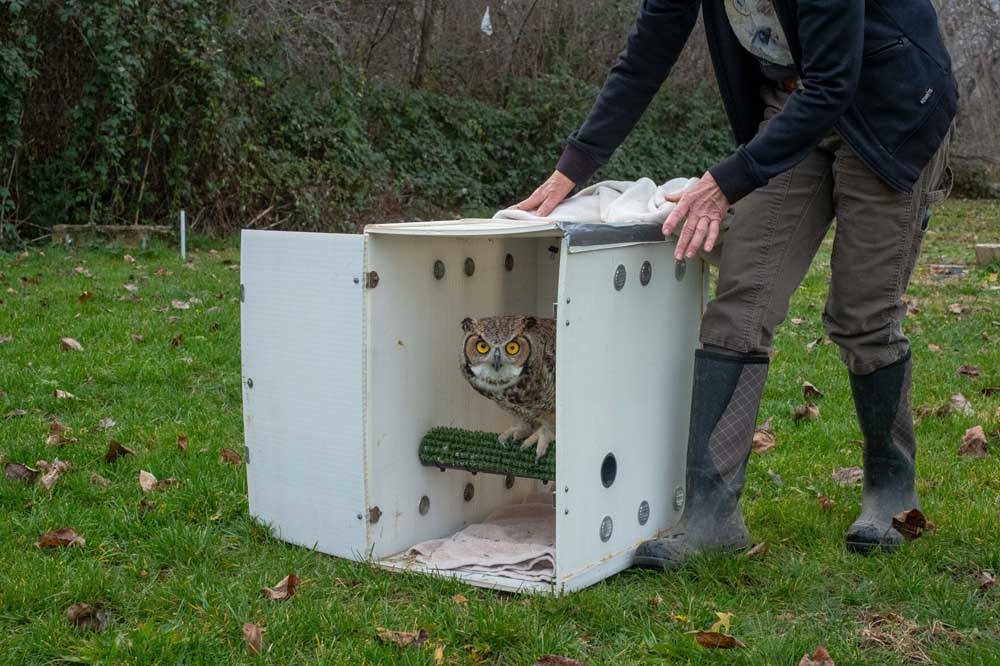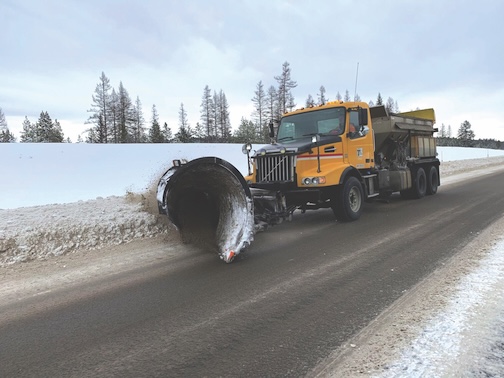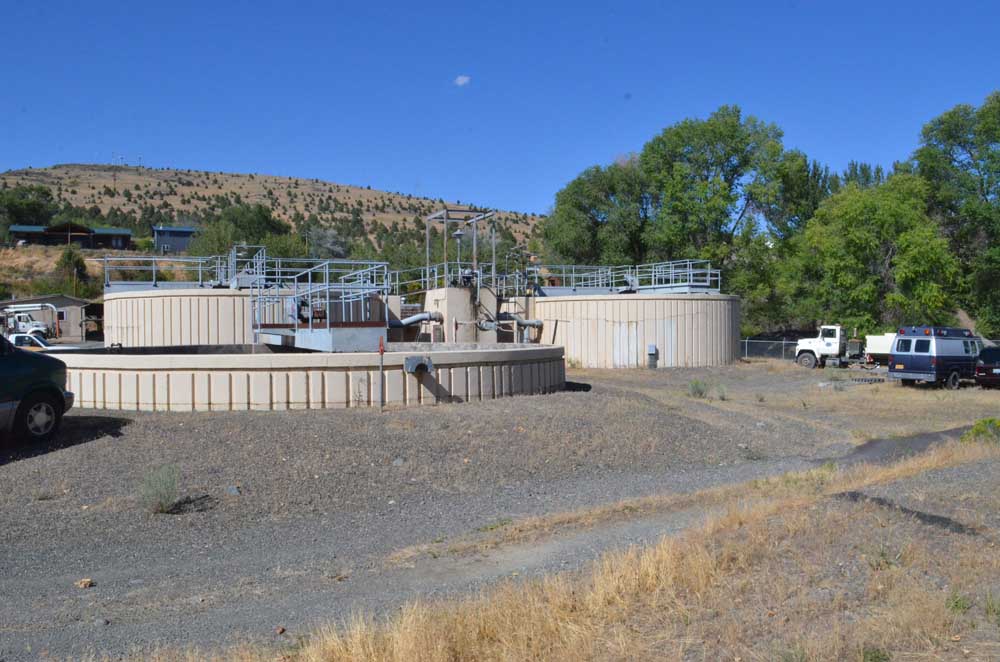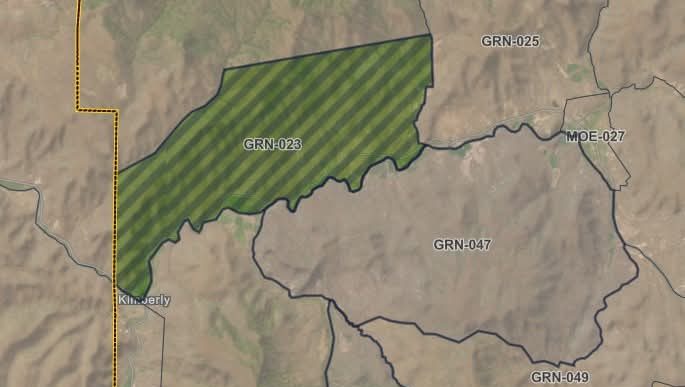Pendleton bird rehab center pushes back on Washington bird ban
Published 5:00 am Friday, December 29, 2023

- Lynn Tompkins, founder of Blue Mountain Wildlife, releases an owl back to its habitat Dec. 6, 2023, at Wetland Community Park in Mission.
PENDLETON ― The Oregon Department of Fish and Wildlife doesn’t want any Washington birds crossing the state line for veterinary medical attention.
Trending
Lynn Tompkins, executive director of Blue Mountain Wildlife in Pendleton, has urged the state agency to reverse its decision, but to no avail.
Avian influenza, also called bird flu, appears to be the rationale to keep away winged creatures from Oregon.
“For 20-plus years I was able to take care of Washington migratory birds here at our Pendleton facility,” Tompkins said, “and the last year and a half, since the outbreak of avian influenza, ODFW said we can’t bring birds across the state line.”
Trending
Tompkins said she has been reaching out to various people within ODFW to get them to revisit their decision.
“We are the only facility that serves wildlife in either Eastern Washington or Eastern Oregon,” Tompkins said, “and right now our facility near Benton, Washington, is not going to be active after the first of the year, because a member there will be moving to Arizona.”
If quarantine of birds is a concern, Tompkins said she already has that issue covered.
“We have created a standalone intake center where we can admit, examine and quarantine birds that we think are suitable for rehab,” she said. “We test them for avian influenza. I will send a sample swab to the Oregon state vet or the (Oregon State University) Veterinary Diagnostic Lab in Corvallis. That’s where we’re at right now and I’m not sure where to go from here.”
Tompkins said three 8-by-10-foot sheds serve as the new intake center, which includes an anesthetic machine and other equipment to examine birds. She said she sometimes receives wild birds that are so injured by automotive strikes there is no choice other than euthanizing the bird.
“If we think it’s something that we can rehab, and it’s a high-risk species, such as bald eagles and great horned owls,” she said, “those birds are put in quarantine in the third building and then we send a test to the OSU Diagnostic Lab.”
Blue Mountain Wildlife recently received a barn owl hit by a car near Arrowhead Truck Plaza. She said that’s a low-risk species for avian influenza but it was so severely injured it was euthanized.
Tompkins said she recently bought a fourth shed so she would have the ability to quarantine two cohorts of birds at the same time.
“You get one bird in and it seems reasonable to rehab it, and you put it in quarantine, which takes us anywhere from three days to a week,” she said. “I wanted to be able to take in a second bird and also be able to quarantine but not mess up my quarantine schedule for the first bird.”
Tompkins said the closure of the rehab facility in Benton, Washington, makes the situation especially pressing.
“I am trying really hard to get ODFW to revisit their decision,” Tompkins said. “We’ve gone to great lengths to safely admit birds. In the 20 years when I used to bring birds here all the time, we never had an issue.”
Tompkins’ experience is as a veterinary technician..
“I’m the only licensed member that there has ever been in Eastern Oregon, and we serve the entire half of the state,” she said.
The closest rehabilitation facility is at Washington State in Pullman, she said, but that’s too far to ask volunteers to help transport animals.
Tompkins said the facility in Benton, which is in danger of reducing its services, is set up for barn owl “hacking,” a technique started in 2006 to raise baby barn owls simulating what the real parents do.
“We were brought some baby owls,” she said. “The mom and one of the babies had been killed by a hawk. We would get these barn owls from haystacks. Barn owls are cavity nesters and haystacks are a great spot. We typically get 50 to 100 barn owls a year from haystacks that are being moved, and there’s not another stack there to move the barn owls to.”
Tompkins said her crew ended up putting up 33 hacking boxes at the facility and they have on a couple occasions raised more than 400 owls at a time, but usually it’s 50 to 100 a year.









